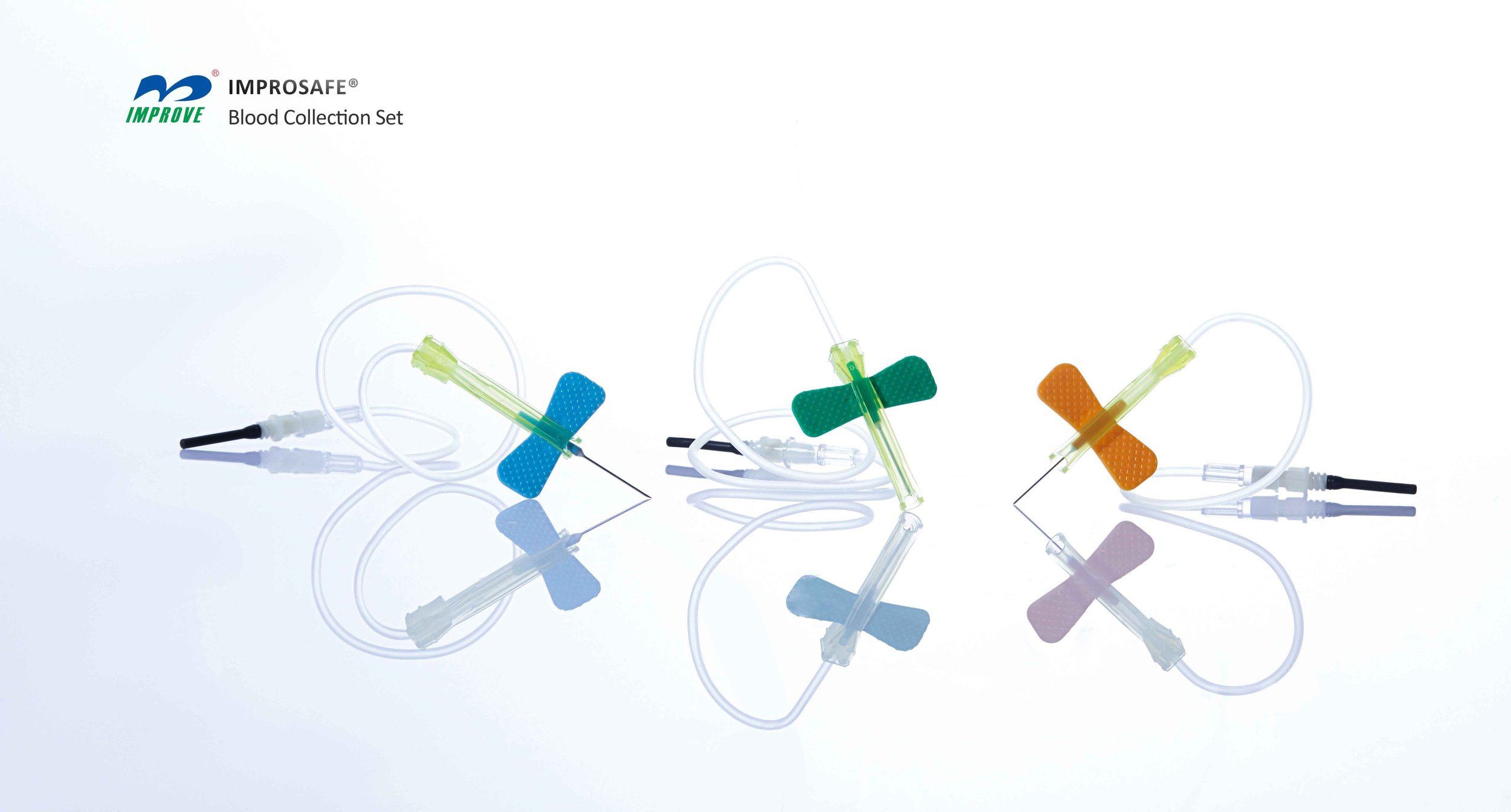Challenges and Considerations of Working with Multiple Suppliers in Medical Labs
Summary
- Managing logistics and communication with multiple suppliers can be challenging
- Quality Control and consistency may be difficult to maintain across various suppliers
- Regulatory compliance and documentation may be more complex when working with multiple suppliers
Introduction
Medical labs and phlebotomy facilities rely on a wide range of components and supplies to effectively carry out their operations. From test tubes to needles, these facilities require a constant and reliable supply of materials to ensure smooth functioning. While many labs may choose to work with a single supplier for all their needs, some may opt to work with multiple local suppliers to diversify their sources and potentially save costs. However, this approach also comes with its own set of challenges and considerations.
Logistics and Communication
One of the primary challenges of working with multiple local suppliers in a medical lab setting is managing logistics and communication. Coordinating orders, delivery schedules, and inventory levels across multiple suppliers can be complex and time-consuming. It requires dedicated staff to keep track of each supplier's offerings, pricing, and availability to ensure that the lab has the necessary supplies on hand when needed.
- Keeping track of orders and deliveries from multiple suppliers
- Communicating effectively with each supplier to prevent delays or shortages
- Managing invoices and payments for multiple suppliers
Quality Control and Consistency
Another challenge of working with multiple local suppliers is maintaining Quality Control and consistency across the board. Different suppliers may have varying standards and practices, which could lead to inconsistencies in the materials or components being supplied to the lab. This can impact the accuracy and reliability of Test Results, which is crucial in a medical lab setting.
- Ensuring that all suppliers meet the lab's Quality Standards
- Conducting regular audits and inspections of suppliers to monitor quality
- Addressing any inconsistencies or issues that arise with different suppliers
Regulatory Compliance and Documentation
Regulatory compliance is a significant concern in medical labs and phlebotomy settings, as they must adhere to strict guidelines and standards set by governing bodies such as the FDA and CLIA. When working with multiple suppliers, ensuring that all components meet regulatory requirements and that proper documentation is in place can be more challenging. Labs must keep detailed records of each supplier's certifications, testing protocols, and compliance with Regulations.
- Keeping track of each supplier's compliance with regulatory standards
- Maintaining thorough documentation for auditing purposes
- Addressing any regulatory issues that may arise with one or more suppliers
Conclusion
While working with multiple local suppliers in a medical lab or phlebotomy setting can offer benefits such as diversification and cost savings, it also presents challenges that must be carefully managed. From logistics and communication to Quality Control and regulatory compliance, labs must navigate various obstacles to ensure smooth operations and optimal patient care.

Disclaimer: The content provided on this blog is for informational purposes only, reflecting the personal opinions and insights of the author(s) on the topics. The information provided should not be used for diagnosing or treating a health problem or disease, and those seeking personal medical advice should consult with a licensed physician. Always seek the advice of your doctor or other qualified health provider regarding a medical condition. Never disregard professional medical advice or delay in seeking it because of something you have read on this website. If you think you may have a medical emergency, call 911 or go to the nearest emergency room immediately. No physician-patient relationship is created by this web site or its use. No contributors to this web site make any representations, express or implied, with respect to the information provided herein or to its use. While we strive to share accurate and up-to-date information, we cannot guarantee the completeness, reliability, or accuracy of the content. The blog may also include links to external websites and resources for the convenience of our readers. Please note that linking to other sites does not imply endorsement of their content, practices, or services by us. Readers should use their discretion and judgment while exploring any external links and resources mentioned on this blog.
